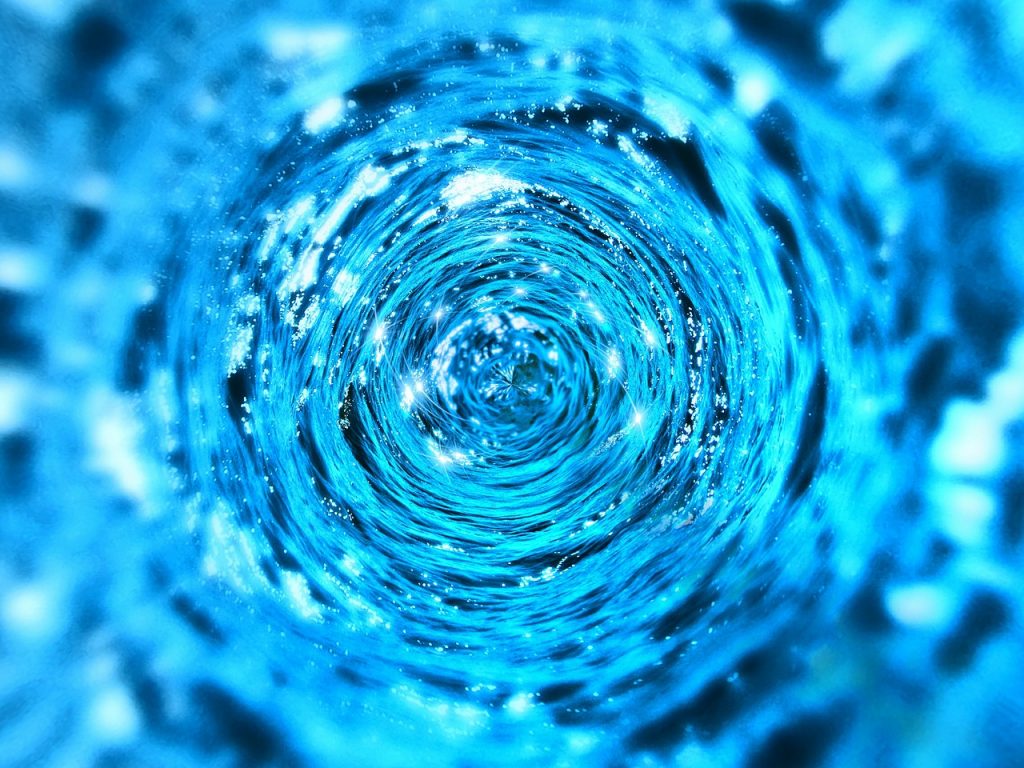Is DMT Released at Death?

You might have heard a number of dramatic statements about DMT in the past few years…
Statements like “DMT is made in the brain,” or “DMT can decalcify your pineal gland.”
One idea that really captures our imagination is that DMT is released in our brains while we’re dying.
Could it be that people who have had near-death experiences were witnessing their brains being flooded with DMT?
Or has the DMT near-death experience been debunked?
Here’s everything we know so far about the connection between DMT and the near-death experience.
Do We Have DMT in Our Brains?
Most people in the psychedelic community seem to take it for granted that DMT is made in the brain – probably thanks to the popularization of Rick Strassman’s theories in the movie The Spirit Molecule.
However, the research isn’t so clear-cut.
We know that rodents make DMT in their brains, in large quantities. But there’s no proof yet that it’s the same in humans.
Studies have shown that humans have the two enzymes that are needed to make DMT in the brain, but DMT itself has not yet been proven to be present. Some researchers have shown that DMT can be found in the cerebrospinal fluid, a protective covering for the brain; but the amount was never quantified. Even if DMT was present in cerebrospinal fluid in large quantities, that wouldn’t necessarily mean that the brain was producing it, or that the DMT was capable of entering into the brain.
So although it looks likely that our brains can make DMT, we don’t yet know for sure; and we don’t know if they can make DMT in large enough quantities to make us trip.
MUST READ: DMT and the pineal gland.
What Do the Near-death Experience and DMT Have in Common?
Although we don’t know for sure if DMT is released in the human brain during a near-death experience, some recent research has shown that the DMT trip is very similar to the kind of things people experience when they have a brush with death…
Similarities Between a DMT Trip and a Near-death Experience
Research at Imperial College London has shown that DMT models the near-death experience.
By this, we mean that both DMT trips and near-death experiences have very similar qualities.
The experimenters in this study gave DMT to 13 participants, and got them to fill out a questionnaire that is often used to measure the intensity of near-death experiences. They found that the people who took DMT scored very similarly to people who had natural near-death experiences.
Both DMT trips and near-death experiences included things like a sense of peace and harmony, the experience of an alien environment, alterations in the perception of time, encountering mystical beings, and a separation from the body.
There were also some differences; near-death experiences were more likely to involve encountering dead relatives, a sense of deep understanding, reaching a point of no return, having visions of the future, and seeing a personal life retrospective.
Overall, it looks like the DMT experience is very similar to the near-death experience, and approaches a similar intensity without actually having all exactly the same qualities of a mystical near-death journey.
Experiments Show DMT is Released in the Brains of Dying Rats
We also know that rodents, when they’re close to death, show changes in their brains that look pretty psychedelic.
For one thing, the electrical activity in the brains of dying rats looks very similar to what happens when humans take psychedelics: there is a surge in connection between areas of the brain that don’t normally communicate.
Recent research has also shown that in rats made to have heart attacks, DMT is released in large quantities in the visual areas of their brains.
This suggests that in rodents, DMT is released at death, and could produce changes in the brain similar to what happens during a psychedelic experience.
What Would it Mean if DMT Was Released by Our Brains When We Die?
So even though there’s some preliminary evidence in rodents, we can’t come to any solid conclusions about what happens in human brains when we die, and whether DMT is involved.
But if it turns out to be the case, and our brains are flooded with home-made DMT as we lie on our deathbeds – what could that mean for us?
Really, it wouldn’t add much to our understanding of the subjective near-death experience. There are thousands and thousands of reports of what humans go through when they come close to death, so we already have a pretty good idea of what you can expect to encounter.
However, being able to anticipate what death might be like – or at least, what the early phases of death may be like – could help us foster a healthy acceptance of our own mortality. It could encourage people to take DMT as a means to reduce their fear of death, and live a less anxious life. Research has already shown how the psychedelic experience can reduce stress and anxiety in people with terminal illness.
But despite what some commentators suggest, if we did find that DMT was released by the human brain at death, it wouldn’t mean that the near-death experience will have lost all its mystique.
The research into the similarities between DMT trips and near-death experiences has shown that although DMT comes close, the near-death experience is still unique in its characteristics and intensity.
Also, finding a neurochemical mirror for our subjective experiences doesn’t replace the experience itself. If anything, it could show how widespread spiritual experiences can really be. The person smoking DMT on their couch, or drinking ayahuasca in Peru, could be getting in touch with a power that humans have been in contact with for thousands of years – perhaps at its most intense in the moments of death.
Do you think we can learn more from the places that DMT or near-death experiences take us; or from studying the molecules and machines that take us there?
Patrick Smith is a biologist and writer who has been working in the psychedelic community for several years. Twitter: @rjpatricksmith



When we say that the brain ‘releases DMT’ we are somewhat contradicting our wish for immortality. What if you get your brains blown out or if you get zapped by a laser gun? There will be no brain to release DMT when you vanish in an instant! So it can’t be the machinery of the brain releasing a chemical and a door swings open, like having sex and you orgasm. The orgasm is mapped out biologically but we make the same presumption with DMT and the afterlife. But if there is an afterlife it will have nothing to do with this brain between our eyes.
There is no “afterlife” experience to tell after your brains have been blown off anyway, so you cannot make that comparison. You make a faulty argument. People who report near death experiences lived to tell them, you cannot asume that people whose heads were blown off have the same experience because, well, they didn’t live to tell them, obviously.
Near death experience and death experience will never be twin brothers. It’s like the same as near skydiving and skydiving. Lol